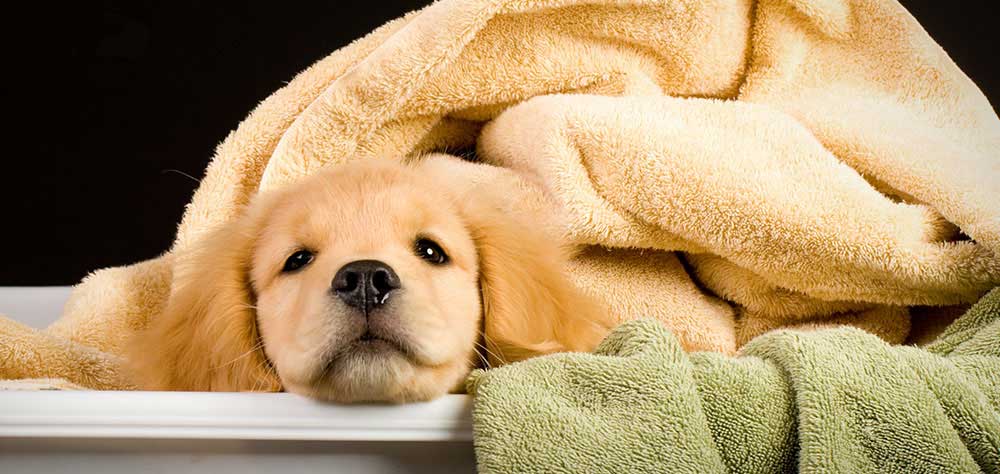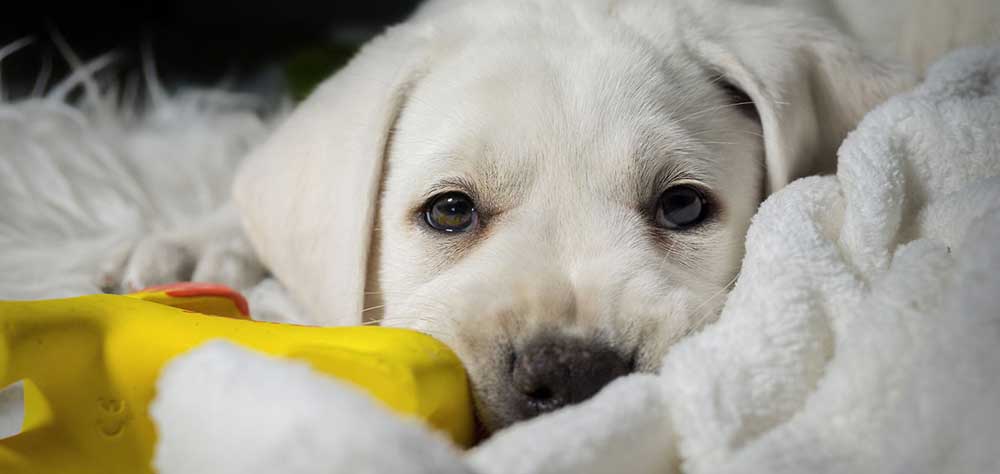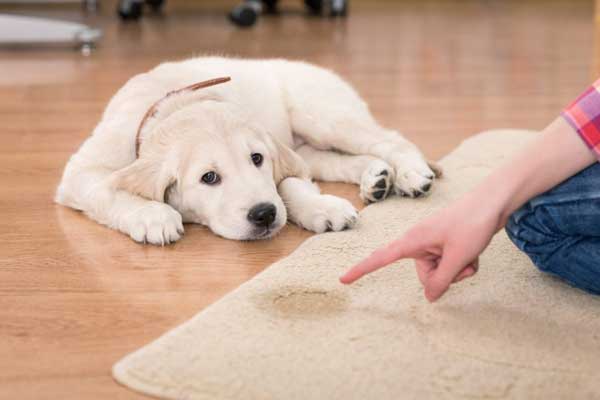More
What is blue-green algae and what makes is so toxic for dogs?
More
For dogs who love to play in lakes or ponds, there's a possibility they could be exposed to poisonous blue-green algae. The toxins produced by this bacteria have caused fatalities among livestock and pets within hours of exposure or ingestion.
Here's what you need to know about blue-green algae and how to protect your dog from exposure.
What is Blue-Green Algae?
Cyanobacteria, also known as blue-green algae, are microscopic bacteria found in freshwater lakes, streams, ponds, abandoned pools and standing water, especially on hot days. This bacteria can produce toxins, called Cyanotoxins, especially when accumulated in high concentrations. Blue-green algae colonize and grow to form "blooms" that give the water a blue-green color. Ecologists often refer to these blue-green algae blooms as Harmful Algae Blooms (HABs) as they have potential to produce Cyanotoxins.
Caution should be taken anywhere where the water appears discolored, has green oily streaks or globs of scum, or where thick green mats appear along lake shorelines. Although not every blue-green algae bloom produces toxins, the only way to determine the presence of toxins is by testing the cyanobacteria. Therefore, all blue-green algae blooms should be considered potentially toxic and avoided, as even small exposures may result in deadly poisoning.
Cyanotoxins present a fatal threat to pets, people, and livestock that swim in or drink from algae-contaminated water.

Why is blue-green algae harmful to dogs?
Cyanotoxins are incredibly potent and even just a few mouthfuls of algae-contaminated water, may result in fatal poisoning. There are 8 types of cyanobacteria that are commonly responsible for toxic HABs. Microcystis, Anabaena, and Aphanizomenon are among the most toxic bacteria to dogs. Signs of poisoning are dependent on the toxin involved.
Dogs are often exposed by drinking or licking toxic water, ingesting water while swimming, or licking their wet fur after a swim. In some cases, dogs have been exposed by another dog shaking off post-swim. If contact has been made with water containing an HAB, it is recommended to thoroughly wash off with fresh water.

Photo Source: Getty Images
What are the symptoms of toxic algae exposure?
If you suspect that your dog has been exposed to blue-green algae, take them directly to your veterinarian or emergency vet. Every moment counts as cyanotoxins act very quickly. Aggressive, immediate treatment is crucial to help treat this potentially fatal poison. The type of toxic bacteria involved results in different symptoms, as some bacteria results in death over a period of days from liver failure, while other toxins can cause a fatality within minutes to hours due to respiratory paralysis.
Reports of dog owners who lost their dogs from cyanotoxin poisoning stated that the first signs of trouble included their dog losing control of their body, such as tremors, excessive salivation, floppy muscle tone, and acting disoriented.
Dogs may show these symptoms after exposure to toxic algae:
Treatment includes anti-seizure medication, oxygen, and aggressive care by your veterinarian.
- Jaundice
- Seizures
- Vomiting
- Diarrhea
- Blood in stool
- Black, tarry stool
- Pale mucous membranes
- Disorientation
- Coma
- Shock
- Excessive secretions
- Neurologic signs (including muscle tremors, muscle rigidity and/or paralysis)
- Blue discoloration of the skin
- Difficulty breathing
- Ultimately death
How is toxic algae exposure treated in dogs?
Immediate, aggressive care is required to treat any exposure to algae toxic to pets. The veterinarian may give anti-seizure medication and supplemental oxygen to a poisoned dog. A dog with suspected exposure who shows no symptoms might receive a dose of activated charcoal by mouth and lots of fresh water.
Unfortunately, there is no antidote for the toxins produced by blue-green algae, which is why exposure is incredibly dangerous. Learn to recognize blue-green algae blooms and use your local resources to find out where HABs have been spotted. Take precautions to avoid toxic algae whenever possible.
Enjoy your summer days playing in the water with your pups and stay safe out there, friends!
24/7 Animal Poison Control Center hotline: (855) 764- 7661.
Sources: https://www.petpoisonhelpline.com/poison/blue-green-algae/




